For B2B teams evaluating a student-focused electric model, the headline question is simple: can we deliver convincing performance and durability for campus life while retailing at or below Rupees 1500? The short answer is yes — but only if product, supply chain, and GTM are engineered together. Below are six practical dimensions that explain where to invest, where to trade off, and how to launch a credible Delhi student toothbrush that meets student expectations without blowing margin.
First, lock the product brief around real student life in Delhi: small bathrooms, shared washrooms/hostels, frequent travel between home and campus, budget sensitivity, and noisy dorm environments. From that brief, a Delhi student toothbrush should minimally deliver:
Next, partition the bill-of-materials into high-impact and low-impact items:
Spend where it counts
Save/design for cost
With disciplined supplier selection and volume tooling, these tradeoffs make a competitive Rupees 1500 toothbrush feasible.
Moreover, volume and process control matter as much as part choice:
Also, how you package and sell matters to perception and margin:
Next, ensure the economics beyond the initial sale:
Finally, validate aggressively with small pilots:
To ship a credible Delhi student toothbrush under the Rupees 1500 toothbrush banner, do these six things now:
Bottom line: With tight BOM discipline, targeted feature choices (quiet motor, efficient battery, and robust head), and a campus-first GTM, a high-quality Delhi student toothbrush at Rupees 1500 is entirely achievable — and can become a profitable, high-velocity SKU in student retail channels. Contact us
.jpg)
.jpg)
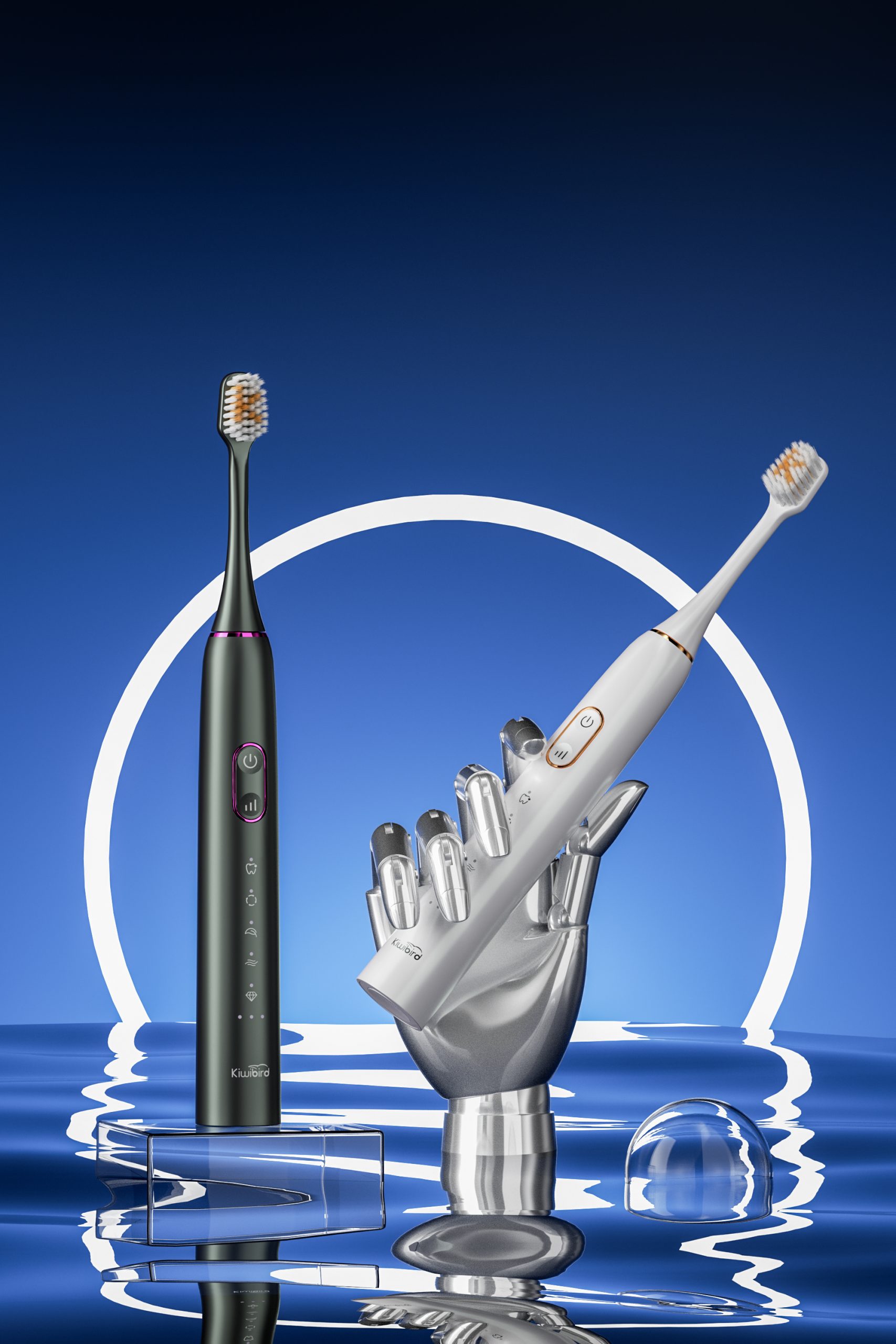
Long-Lasting Smart Toothbrushes: 90–250 Days Battery Life for Bulk Buyers
Does Loud Electric Toothbrush Noise Reduce Cleaning Efficacy?

Smart Electric Toothbrush Customization by Powsmart
Bulk Kids Electric Toothbrush Supplier Tacoma Schools | Affordable Oral Care
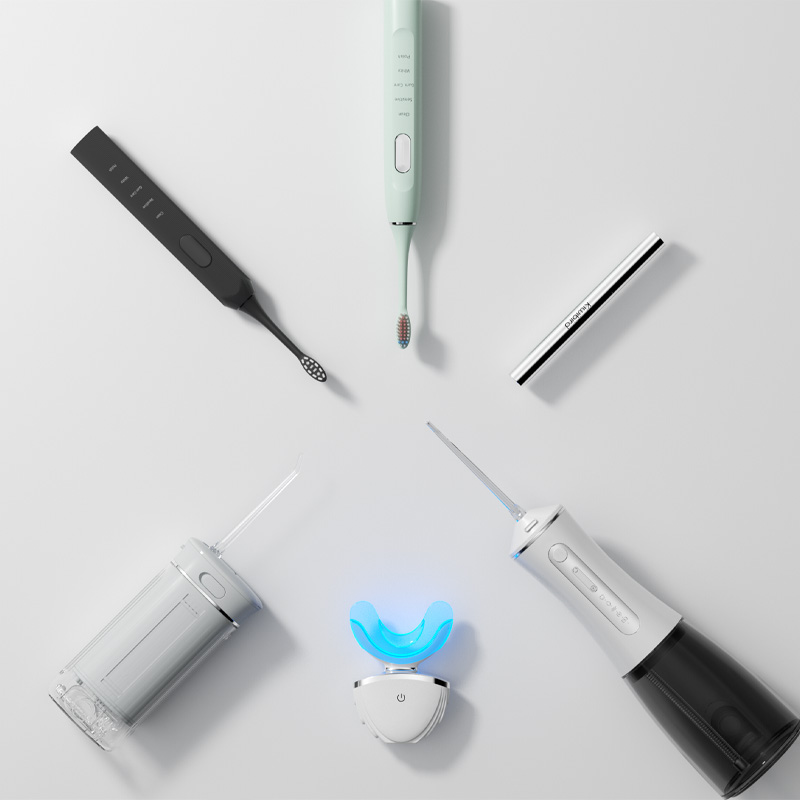
Discuss the application prospects of artificial intelligence, Internet of Things and other technologies in the field of water flosser
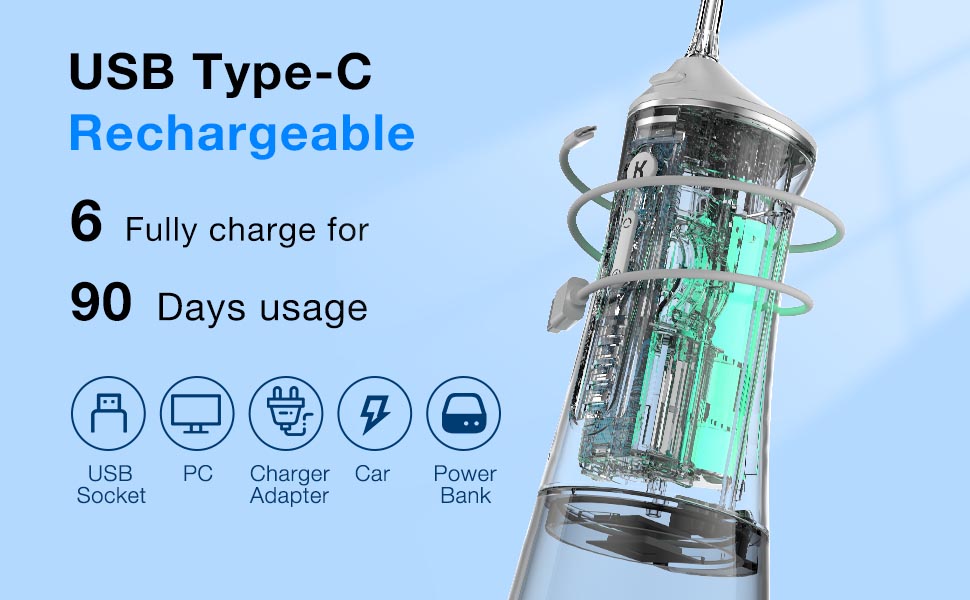
8 Must-Have Features for Dental Water Flosser
Pressure Sensor Failure with Taste Distortion – Related?
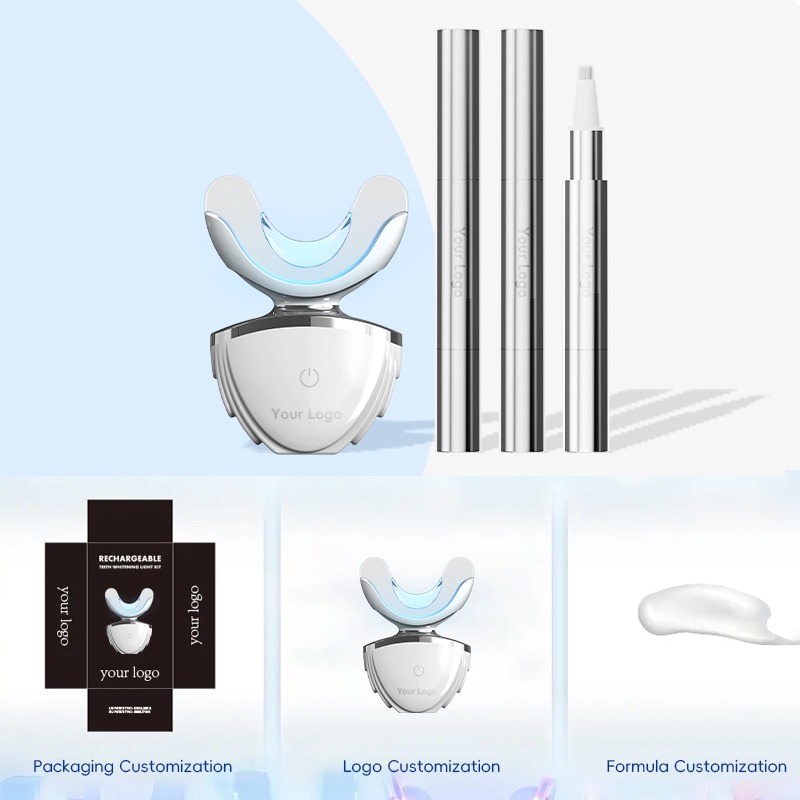
Teeth Whitening Device Patent and Intellectual Property Protection: How Can Brand Owners Avoid Infringement Risks?
Holiday Gift Sets Smart Sonic Toothbrush Supplier WA | Corporate Gifts

Smart Brush Heads & Wireless Charging
.jpg)
Custom Children’s Electric Toothbrush Design – Soft Bristles & Food-Grade Silicone

Critical Success Factors for Oral Care Brands
Kids Electric Toothbrush Bulk Supplier | School and Clinic Programs
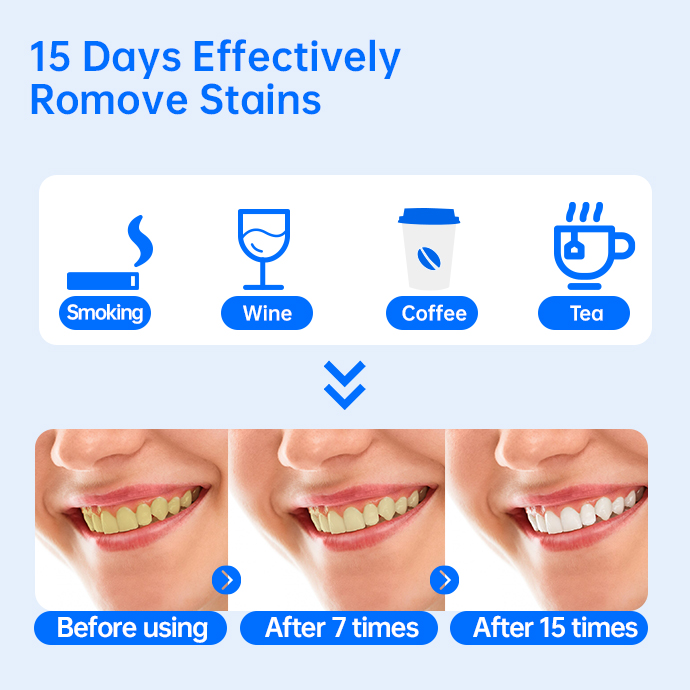
Where to Find Affordable Electric Toothbrush Wholesale from a Waterproof Electric Toothbrush Supplier?

Reveal the Big Brand OEM: The Manufacturing Insider of an International Brand Electric Toothbrush

Voice-Activated and AI-Driven Toothbrushes – The Next OEM Frontier
.jpg)
Florida Electric Toothbrush – Powsmart PTR-C8

electric toothbrush heads Ultra Soft

Electric toothbrush heads Charcoal Infused-Diamond

electric toothbrush heads Regular Clean

Private Label Whitening Gel

electric toothbrush heads Charcoal Infuse-Round

Customization Teeth Whitening Gel

electric toothbrush heads Deep Clean
whstapp
whstapp
National Toll-Free Service Hotline
+86 755 86238638